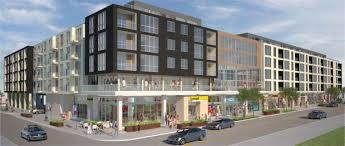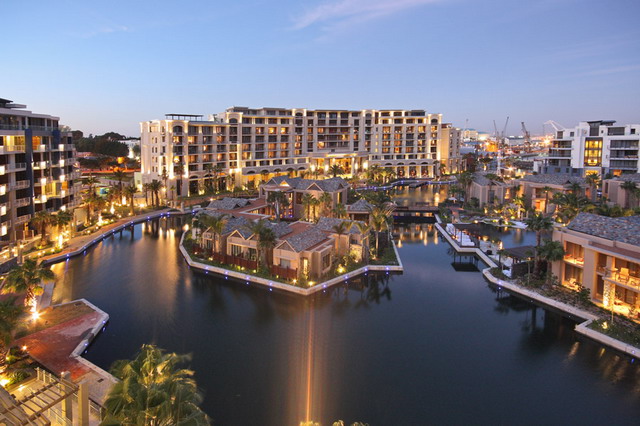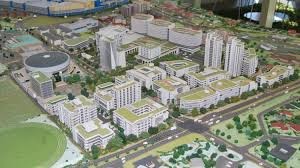Property Developers in SA have followed international urban planning trends by introducing large scale mix use developments in all major city centres. The words green and sustainable do not adequately pretext this new trend and are fast becoming ‘washed out’. We require a unique, holistic approach with a thorough understanding of our macroeconomics, cultural diversity plus our political and social challenges. Packaging the development requires the right mix in order for longevity and prosperity to prevail. And let’s not forget the environment, we have constructed our buildings ‘on it’ for far too long. It’s about time we started constructing our new developments ‘with it’.

We must first acknowledge that our building industry is fragmented. Retail shopping developers do not necessarily build high rise, high density residential developments. Similarly, commercial property developers do not build factories. The problem is further complicated by logistical challenges where manufacturers and suppliers to the construction industry are geographically dispersed. Lastly, a successful mixed use development involves participation from both the private and public sectors who often do not see eye to eye. The underlying idea of mixed use is to bring stakeholders together in a workable plan. The challenge is to get the balance right. The central theme is to build residences close to the place of work, schools, shopping and amenities. Ideally folk should be able to walk to these destinations. The sub economies must feed off each other so that the plan works. This involves interconnectivity through well designed pedestrian and cycle schedules, bus and railway routes plus roads and highways. Something that can add quite a price tag to the development costs
Our task in South Africa is made that much harder by the legacy of apartheid which quite literally drove people further apart in terms of urban planning. Mixed Use Development attempts to unravel this unfortunate circumstance and is further challenged by the fact that previously, social class was determined by colour. The problem still exists in South Africa today where most of our workforce live far from the workplace and rely on public transport to get to work. These are journeys that are expensive in relative terms, involve a number of transport modes and take a few hours in some cases. This ‘distance’ has a profound effect on macro-economics in terms of family income, savings, employment and the quality of family life in general. Most importantly is furthers the divide between the haves and the have not’s.
So the challenge is to bring people closer together. Will the affluent live side by side with the street sweeper? A thorough risk analysis and risk management needs to be meticulously carried out in order to determine what social order mix will sell to the market. The challenge is further complicated by our unique cultural and social heritage. The development needs to be sensitive to these factors in order for it to be marketable. One uniting aspect about mixed use development that is environmentally friendly is that they enjoy widespread appeal across all social classes . We all have a natural affinity with nature and our environment. The closer natural space it is brought to the place where we live, shop and work, the better.
On the worksite itself, sensitivity should be given to the existing natural features, ecology and buildings. Developers should support sustainable site planning and construction techniques that reduce pollution and create a balance between built and natural systems. The idea is to use the latest design and product features to construct a multi-functional environment with vitality and attractiveness. However, these design and product features must work. The actual performance must meet the intended performance. 95% of the cost of a building, over its lifespan, is in the running costs. The upfront premium for unique, environomical features (features that make both economic and environmental sense) are fast paid back if they work. Reducing the embodied energy on such large long term projects is also a priority. Procurement and recruitment from the immediate surrounding area must be given priority. Recycling of existing building materials including cement must be investigated and if possible, implemented.
Mixed-use developments have been gaining ground as a successful planning design strategy to increase transportation options, revitalize local economies and enliven communities. Finance for such projects can be made easier by bringing the private and public sectors closer together. Mixed use development can serve as a catalyst to connect poorly connected locations and to bridge the economic divide between the haves and the have not’s in terms land ownership. At the same time, folk are given the opportunity to truly mix in a setting that compliments the natural environment. The timing could not be better for South Africa.
Copyright Bryan Groenendaal 24/10/2017
















